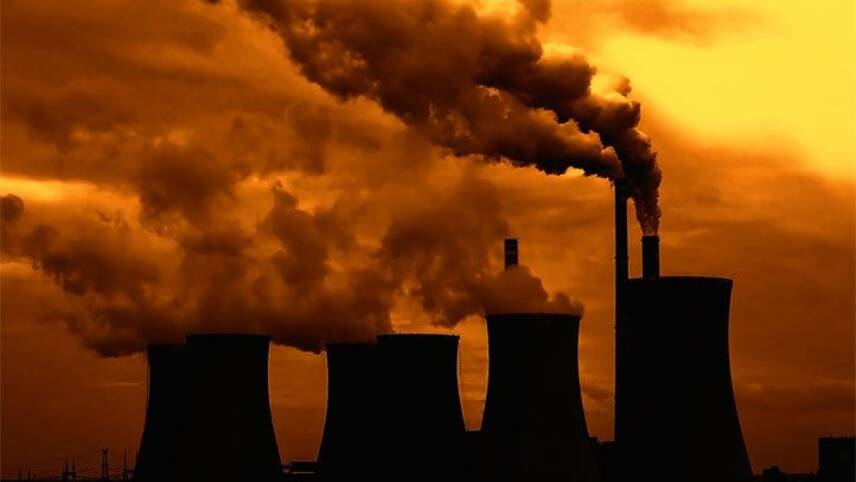Register for free and continue reading
Join our growing army of changemakers and get unlimited access to our premium content

Energy-related emissions increased by 0.9% in 2022
The annual Global Carbon Budget report is based on research from more than 100 scientists from the University of Exeter, the University of East Anglia (UEA), CICERO and Ludwig-Maximilian-University Munich, It provides an annual stocktake of both carbon emissions and carbon sinks.
The 2022 report, launched on Friday (11 November) at COP27, warns that the window to limit global average temperatures increases to 1.5C as envisioned under the Paris Agreement is closing rapidly.
The Global Carbon Budget finds that, if current emissions levels persist, there is a 50% chance that 1.5C will be breached within the next nine years.
The remaining carbon budget for a 1.5C future has been reduced to 380GtCO2, or 1230GtCO2 for 2C. The 2C budget is likely to be breached in 30 years based on current emissions trajectories.
The report finds that reaching net-zero will now require an annual decrease of 1.4GtCO2, which is similar to the levels recorded globally in 2020 when most parts of the world were in lockdown. This highlights the transformational scale of action required to meet net-zero.
However, the report found that global emissions for 2022 are projected to surpass 40GtCO2, slightly belo2 pre-pandemic levels. The main driver is an increase in fossil fuels, which are projected to rise by 1% compared to 2021 levels.
The projection of 40.6 GtCO2 total emissions in 2022 is close to the 40.9 GtO2 in 2019, which is the highest annual total ever.
“This year we see yet another rise in global fossil CO2 emissions, when we need a rapid decline,” said Professor Pierre Friedlingstein, of Exeter’s Global Systems Institute, who led the study.
“There are some positive signs, but leaders meeting at COP27 will have to take meaningful action if we are to have any chance of limiting global warming close to 1.5°C. The Global Carbon Budget numbers monitor the progress on climate action and right now we are not seeing the action required.”
The report finds that while emissions are projected to fall by 0.9% in China and 0.8% in the EU respectively, the US is on course to see emissions increase by 1.5%, while India will see a 6% increase. In total, a 1.7% increase is likely to be recorded across the globe.
The report also examines the role of the oceans and forests to act as carbon sinks, claiming that carbon removal via reforestation could counterbalance around half of the emissions associated with deforestation. The report states that emissions from land-use change, including deforestation are projected to be 3.9 GtCO2 in 2022.
The Global Carbon Budget report projects that atmospheric CO2 concentrations will reach an average of 417.2 parts per million in 2022, which is more than 50% above pre-industrial levels.
Carbon sinks will continue to take up around half of these emissions and while ocean and land carbon sinks will increase as atmospheric CO2 increase, the climate crisis has reduced growth capabilities by 4% for ocean sinks and 17% for land sinks between 2012 and 2021.


Please login or Register to leave a comment.